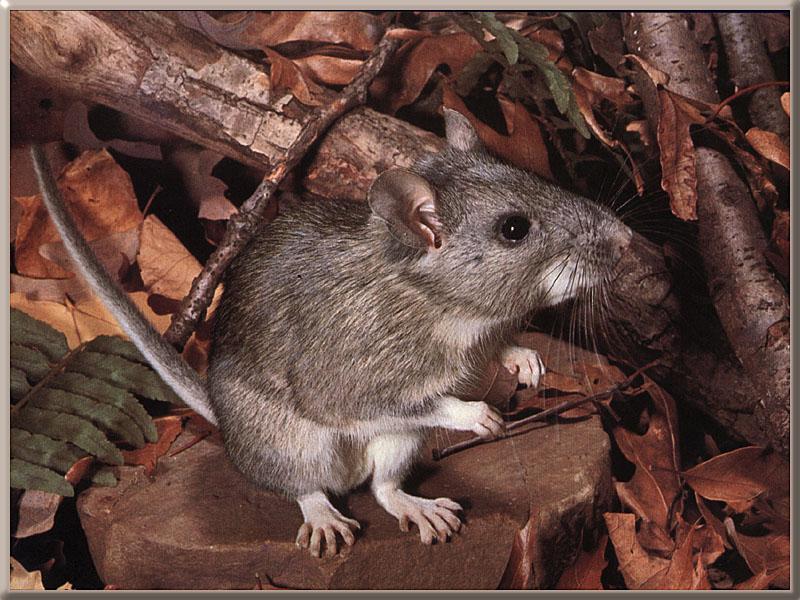Polk County’s Most Wanted – Eastern Woodrat
Have you seen Eastern Woodrat?
In a joint effort to expand the knowledge and understanding of the flora and fauna of Polk County, Conserving Carolina and botanist/ecologist David Campbell need your help in locating this month’s “Polk County’s Most Wanted—Animal,” Southern Appalachian Eastern Woodrat (Neotoma floridana haematoreia) or “packrat”.
What are woodrats?
In North Carolina, Woodrats can be found in the southeastern portion of the state, along the coast as well as in the southwestern portion of the state, in the mountains. The distribution of Woodrats in the midlands and upper piedmont, however, is not well understood.
Woodrats use a wide variety of habitats, particularly rocky areas in deciduous, mixed, or pine forests. They can be found in forests that are dry, such as rocky outcrops on steep slopes, or in mesic (moist) areas including coves, bottomlands, and swamps. They also occur in old fields and clear cuts. Woodrats are opportunistic and forage on berries, stems, buds, leaves, seeds, fruit, bark, fungi, insects, acorns, and other nuts.
When looking for Woodrats, there are two obvious items that will indicate their presence: large bulky nests and latrines. Nests are built inside a large “house” constructed of sticks, leaves, branches, and scavenged litter, hence the nickname “packrats.” The nest structures are often located in or under rock outcroppings, in large cavity trees, in large slash piles, or in abandoned buildings. Latrines are often found on a rock ledge where large piles of droppings accumulate.
The Eastern Woodrat has gray-brown or rusty brown fur on the back, a white belly, and white paws. There is also a bit of white on the underside of the jaw. The tail is covered with short fur and it is nearly as long as the body. Woodrats have long whiskers and large ears that are furless. They also have relatively large eyes and rather blunt snouts. Males are slightly larger than females.
In North Carolina, the status of this species is Watch Category 2 (W2), a species that is rare to uncommon in N.C. but not considered to be declining or otherwise in trouble. There are records of Southern Appalachian Eastern Woodrat from Polk County, as well as counties surrounding Polk; however, there is still much to learn about these secretive creatures.
What can you do?
If you think that you have seen Eastern Woodrat in Polk County, please send photos, questions, comments to Pam Torlina at Conserving Carolina by phone at (828)697-5777, ext. 300 or email, [email protected], so we can document its occurrence in Polk County.
For more information
See more about “Polk County’s Most Wanted.” Download and print a “Pocket Guide” with all of the “Most Wanted” plants, animals, and habitats that you can be on the lookout for when you’re out in the field!
A Biological Inventory of Polk County
Now available for download: “An Inventory of the Significant Natural Areas of Polk County, North Carolina,” a culmination of David Campbell’s seven years in the field documenting the rare and significant flora and fauna in Polk County.
